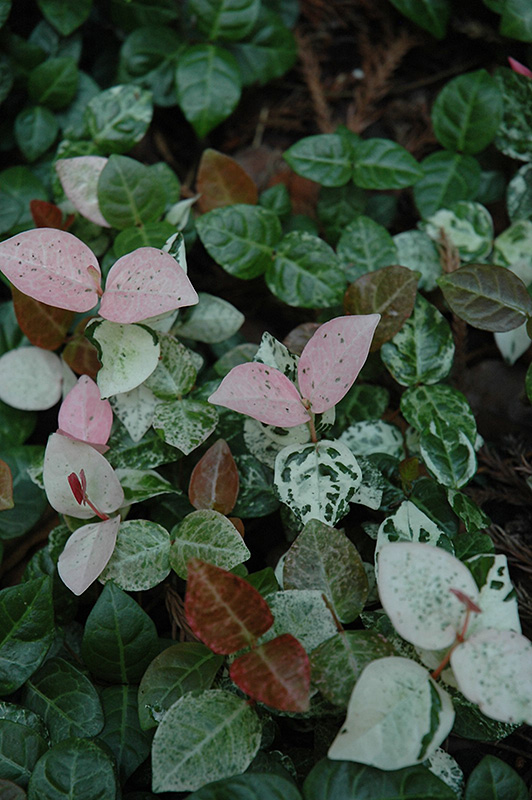Hatuyukikazura Asian Jasmine
Description
An interesting climbing groundcover with coppery emerging leaves that become dark glossy green with white variegation; shell pink and white flowers compliment the nice foliage in late spring; great for lightly shaded woodland areas
Landscape Attributes
Hatuyukikazura Asian Jasmine is an herbaceous annual with a ground-hugging habit of growth. Its medium texture blends into the garden, but can always be balanced by a couple of finer or coarser plants for an effective composition.
Hatuyukikazura Asian Jasmine is recommended for the following landscape applications;
Planting & Growing
Hatuyukikazura Asian Jasmine will grow to be only 4 inches tall at maturity extending to 6 inches tall with the flowers, with a spread of 12 inches. When grown in masses or used as a bedding plant, individual plants should be spaced approximately 10 inches apart. Although it's not a true annual, this plant can be expected to behave as an annual in our climate if left outdoors over the winter, usually needing replacement the following year. As such, gardeners should take into consideration that it will perform differently than it would in its native habitat.
This plant does best in partial shade to shade. It prefers to grow in average to moist conditions, and shouldn't be allowed to dry out. It is not particular as to soil type or pH. It is somewhat tolerant of urban pollution. This is a selected variety of a species not originally from North America. It can be propagated by cuttings; however, as a cultivated variety, be aware that it may be subject to certain restrictions or prohibitions on propagation.
Hatuyukikazura Asian Jasmine is a fine choice for the garden, but it is also a good selection for planting in outdoor pots and containers. Because of its spreading habit of growth, it is ideally suited for use as a 'spiller' in the 'spiller-thriller-filler' container combination; plant it near the edges where it can spill gracefully over the pot. Note that when growing plants in outdoor containers and baskets, they may require more frequent waterings than they would in the yard or garden.

